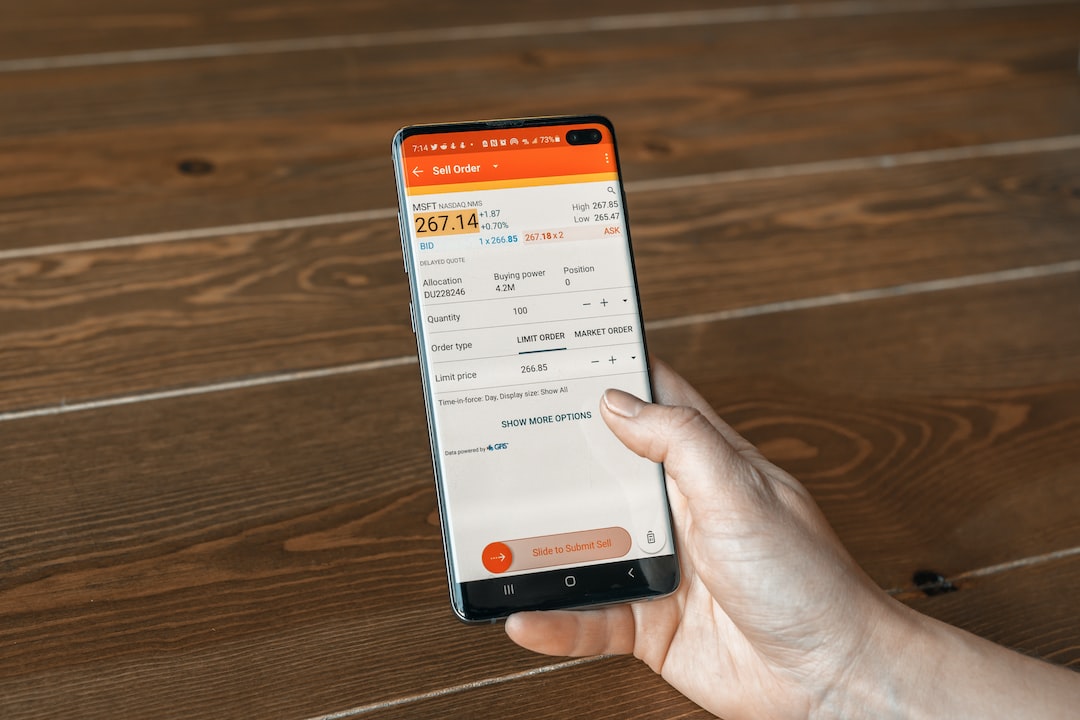Forex traders rely on identifying key levels of support and resistance to make informed trading decisions. Support and resistance levels are technical analysis tools that help traders identify where the market is likely to reverse its trend or consolidate. In this article, we will explain what support and resistance are, how to identify them, and how to use them in your trading strategies.
What is Support and Resistance in Forex?
Support and resistance levels are key areas on a price chart where the market is likely to encounter buying or selling pressure. These levels are created when the market reaches a point where buyers or sellers are no longer willing to continue the current trend. Support levels are areas where buyers are expected to enter the market and push prices higher, while resistance levels are areas where sellers are expected to enter the market and push prices lower.
How to Identify Support and Resistance Levels in Forex?
There are several ways to identify support and resistance levels in forex. One of the most common methods is to use horizontal lines to mark the areas where support and resistance levels are present. These levels can be identified by looking for areas where the price has previously reversed its trend or consolidated.
Another method to identify support and resistance levels is to use trend lines. Trend lines are diagonal lines that connect two or more price points and help traders identify the direction of the trend. When a trend line is broken, it can become a support or resistance level.
Moving averages can also be used to identify support and resistance levels. Moving averages are calculated by taking the average price of an asset over a specific period of time. Traders often use the 50-day and 200-day moving averages to identify key levels of support and resistance.
How to Use Support and Resistance Levels in Forex Trading?
Support and resistance levels can be used in a variety of trading strategies. Here are some common ways traders use these levels:
1. Trading Breakouts – Traders can use support and resistance levels to identify key areas where the market is likely to break out. When the price breaks through a support or resistance level, it can signal a change in trend and present an opportunity to enter a trade.
2. Trading Reversals – Traders can use support and resistance levels to identify areas where the market is likely to reverse its trend. When the price reaches a support or resistance level, traders can look for a reversal pattern to enter a trade in the opposite direction.
3. Setting Stop Losses – Traders can use support and resistance levels to set stop losses. If a trader enters a long position at a support level, they can place their stop loss below the support level to limit their losses if the price breaks through the support level.
4. Setting Take Profits – Traders can use support and resistance levels to set take profits. If a trader enters a long position at a support level, they can set their take profit at the next resistance level to lock in their profits.
Conclusion
Support and resistance levels are essential technical analysis tools that help forex traders identify key areas where the market is likely to reverse its trend or consolidate. These levels can be identified using horizontal lines, trend lines, or moving averages. Traders can use these levels to trade breakouts, reversals, set stop losses, and take profits. By mastering the art of identifying support and resistance levels, traders can improve their trading strategies and increase their chances of making profitable trades.





